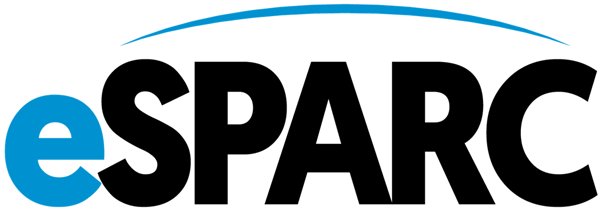On June 12, 2017, the Environmental Protection Agency (EPA) signed a notice proposing to stay for two years certain requirements that are contained within the New Source Performance Standards for Crude Oil and Natural Gas Facilities “NSPS” OOOOa published on June 3, 2016 (2016 Rule). The proposed stay, which follows the three-month stay published on June 5, 2017, would provide the EPA sufficient time to propose, take public comment, and issue a final action on the issues concerning the specific requirements on which EPA has granted reconsideration.
The June 5, 2017 EPA notice included the following three requirements to stay for three months, effective from June 2, 2017 to August 31, 2017:
- Fugitive emission requirements
- Well site pneumatic pump standards
- The requirements for certification of closed vent systems by a professional engineer in accordance with section 307(d)(7)(B) of the Clean Air Act (CAA)
During the proposed two-year stay, the EPA plans to:
- Complete its reconsideration process for all remaining issues other than the issues that were specifically granted reconsideration regarding the three requirements
- Look broadly at the entire 2016 Rule and provide clarity and certainty for the public and regulated communities regarding these requirements
- Seek comment pertaining to this stay and its duration and impact
What does this mean to your O&G operations?
- Does this stay all of NSPS OOOO and OOOOa?
No, this stay only applies to certain parts of NSPS OOOOa, specifically the following:
- Fugitive emission monitoring program requirements
- Well site pneumatic pump standards
- The requirements for certification of closed vent systems by a professional engineer in accordance with section 307(d)(7)(B) of the Clean Air Act (CAA).
So, other requirements of NSPS OOOO and OOOOa are in full force and effect and compliance with them has not been stayed.
These issues are open for consideration because EPA originally agreed to reconsider them on April 18, 2017, in a letter from the EPA Administrator to API, the Texas O&G Association and GPA Midstream, who petitioned the final NSPS OOOOa rule over these requirements. In this letter, the EPA Administrator confirmed that the issues raised in the petitions met the requirements for reconsideration.
The petitioners had two significant objections to the fugitive emission requirements, including: 1) that the process for an alternative means of emission limitations approval may interfere with existing state programs and incur additional resources and efforts, and 2) applicability of the requirements to low producing facilities yields few results for significant effort. The petitioner’s main objection to the both pneumatic pump and closed vent system requirements was that EPA did not analyze the costs associated with obtaining a P.E. certification for each, which adds considerably to the overall compliance burden of the process.
2. Does this stay take effect right away?
The above referenced provisions of NSPS OOOOa are stayed for three months already. This action was published in the Federal Register on June 5, 2017, and the stay is effective from June 2, 2017 to August 31, 2017.
The regulated community needs to track status of the interim three month stay and the two year stay to determine how long they can delay implementing related compliance activities. As of now, the stay is firm only through August 31, 2017.
3. Is there any doubt that the two-year stay will be finalized?
The two-year stay is not guaranteed, because it is only proposed at this time. EPA still needs to take comments on what changes it should make to NSPS OOOOa, then propose those changes, which could cover more than just the three issues listed above, and finalize those changes during the stay. Also, some commenters may argue that the stay itself and changes to NSPS OOOOa are not appropriate, and EPA must take these comments into consideration as well
4. What should regulated-industry do during the stay?
For those requirements of NSPS OOOOa that are stayed, the regulated industry will not have to comply with them during the stay. In addition, since changes will be made to the affected requirements, regulated industry may wish to delay further development of associated compliance programs until the requirements of those programs are finalized.
For more information, please visit: https://www.epa.gov/controlling-air-pollution-oil-and-natural-gas-industry/epa-proposes-stay-oil-and-gas-standards-two
If you would like to learn more about NSPS OOOOa and how if may affect your oil and gas operations, please contact Kat Galloway at 281-217-8233 or kgalloway@camsesparc.com.
 Close
Close




